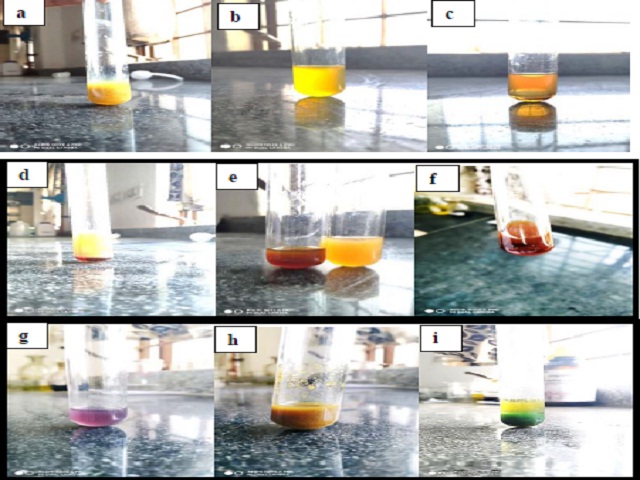Anti-diabetic activity by invitro inhibition of α-amylase enzyme and phytochemical screening of Phyllanthus niruri.
DOI:
https://doi.org/10.5530/ctbp.2021.3s.48Keywords:
NilAbstract
Phyllanthus is a large genus of shrubs, trees and rare herbs of the family Euphorbiaceae, comprising more than 600 species [1]. The aim of this project was to identify the phytochemicals present in P. niruri and the antidiabetic activity of the ethanolic extracts of the plant. The phytochemical analysis for alkaloids, flavonoids, anthraquinone, phenols, saponins, tannins, alkaloids, total phenolics, total flavonoids, carbohydrates and amino acids were made by following standard procedures. The antidiabetic property of the plant extract was evaluated using insulin as standards through inhibition of alphaamylase enzyme activity. The presence of saponins, alkaloids, tannins, flavonoids, phenols, terpenoids, carbohydrates, coumarins, anthraquinones and amino acids was observed. The total phenolic content in the extract was measured using catechol (standard) and a graph was plotted with concentration on X axis and absorbance on the Y axis. The total phenolic content was calculated. The calibration curves of α-amylase inhibition of Insulin and P. niruri was used to calculate the IC50 value.



